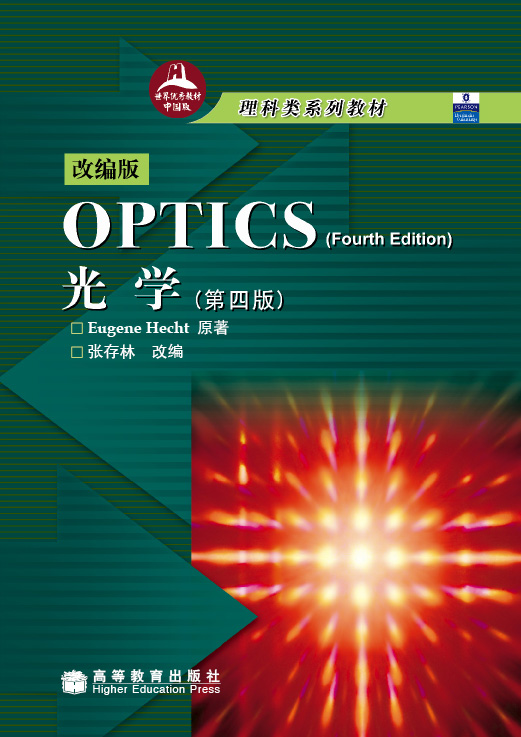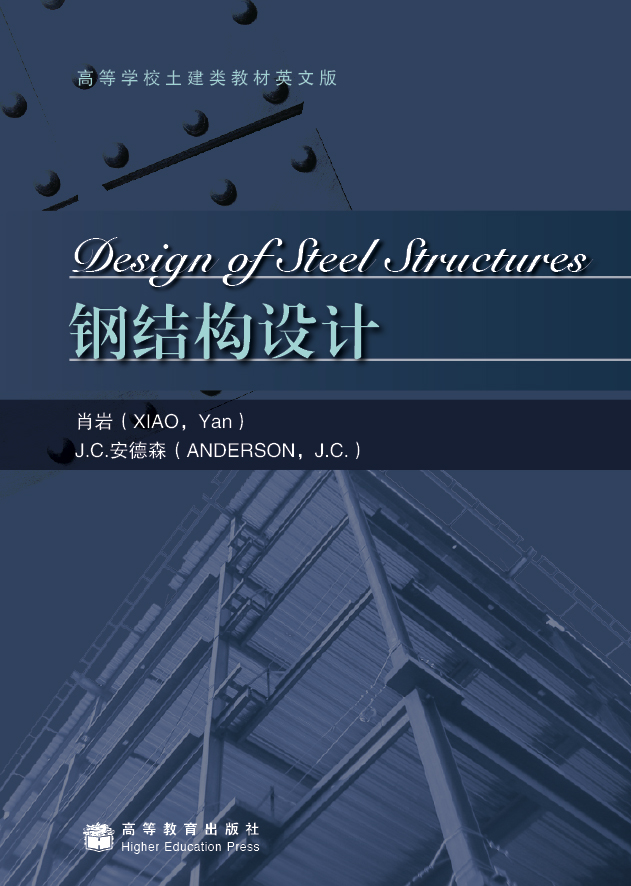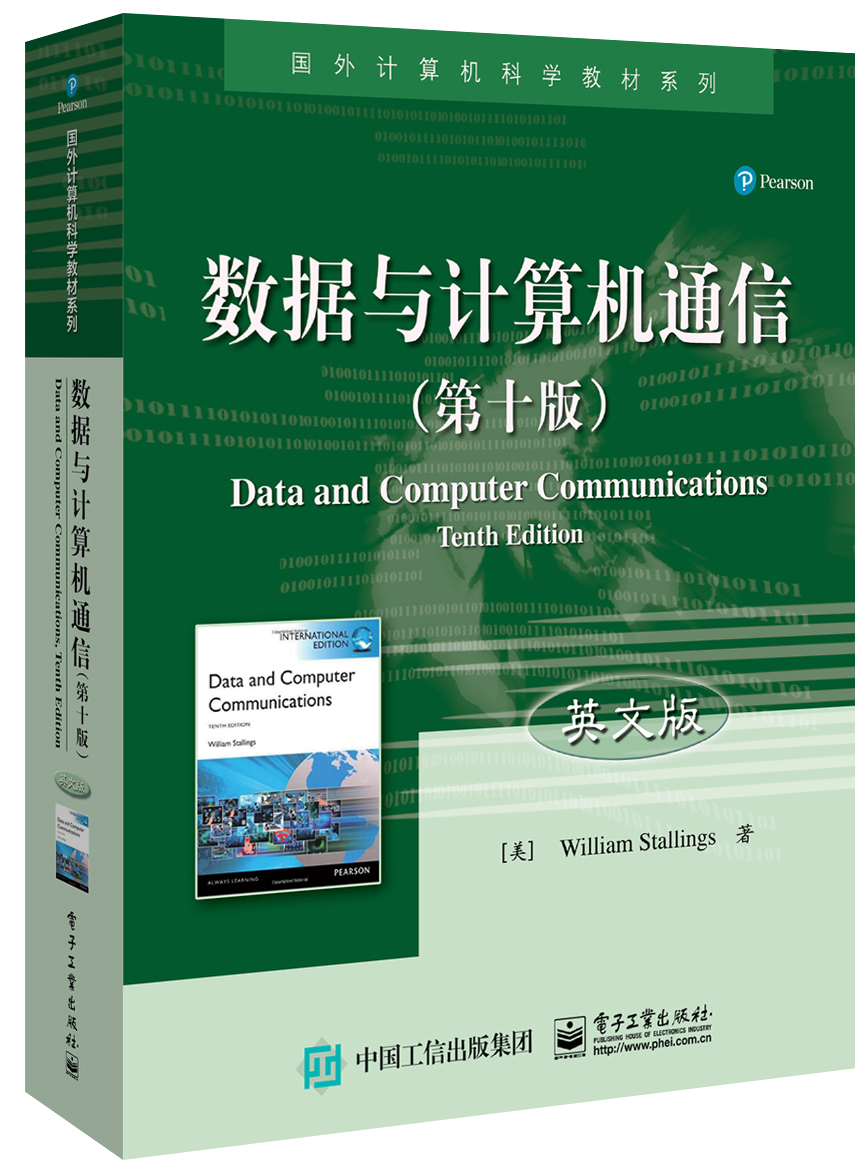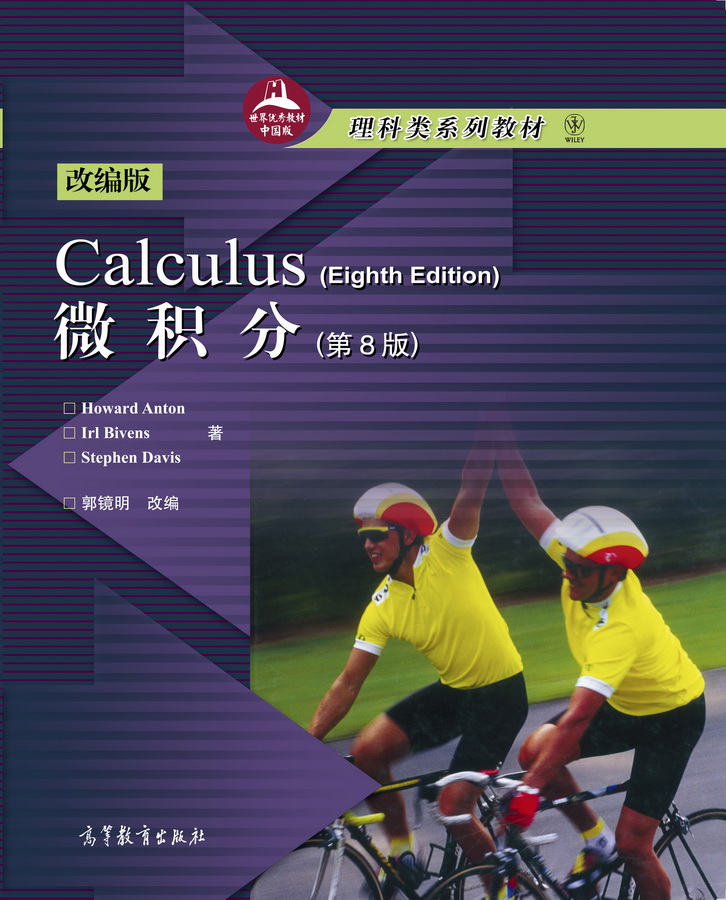机械设计过程(英文版)(原书第4版) / 时代教育·国外高校优秀教材精选
定价:¥39.00
作者: [美]大卫 乌尔曼
出版时间:2013-08
出版社:机械工业出版社
- 机械工业出版社
- 9787111299011
- 1-2
- 191678
- 45187594-2
- 平装
- 16开
- 2013-08
- 568
- 368
- TH122
- 机械工程类
- 本科
内容简介
本书明确提出了“产品设计”的设计技术,是针对产品设计的设计思想,理论.技术和方法,而对于那些针对“机构”和“零件结构”的设计技术,只作为基础知识介绍。
本书全面、具体地给出了“设计学”的基本内容,详细地引出了设计的典型步骤,每一个步骤的任务、目标,应考虑的主要问题和常用的解决方法,对产品设计具有很好的指导作用。
本书全面、具体地给出了“设计学”的基本内容,详细地引出了设计的典型步骤,每一个步骤的任务、目标,应考虑的主要问题和常用的解决方法,对产品设计具有很好的指导作用。
目录
出版说明 序 PREFACE CHAPTER 1 Why Study the Design Process? 1.1 Introduction 1.2 Measuring the Design Process with Product Cost, Quality, and Time to Market 1.3 The History of the Design Process 1.4 The Life of a Product 1.5 The Many Solutions for Design Problems 1.6 The Basic Actions of Problem Solving 1.7 Knowledge and Learning During Design 1.8 Design for Sustainability CHAPTER 2 Understanding Mechanical Design 2.1 Introduction 2.2 Importance of Product Function, Behavior, and Performance 2.3 Mechanical Design Languages and Abstraction 2.4 Different Types of Mechanical Design Problems 2.5 Constraints, Goals, and Design Decisions 2.6 Product Decomposition CHAPTER 3 Designers and Design Teams 3.1 Introduction 3.2 The Individual Designer: A Model of Human Information Processing 3.3 Mental Processes That Occur During Design 3.4 Characteristics of Creators 3.5 The Structure of Design Teams 3.6 Building Design Team Performance CHAPTER 4 The Design Process and Product Discovery 4.1 Introduction 4.2 Overview of the Design Process 4.3 Designing Quality into Products 4.4 Product Discovery 4.5 Choosing a Project CHAPTER 5 Planning for Design 5.1 Introduction 5.2 Types of Project Plans 5.3 Planning for Deliverables The Development of Information 5.4 Building a Plan 5.5 Design Plan Examples 5.6 Communication During the Design Process CHAPTER 6 Understanding the Problem and the Development of Engineering Specifications 6.1 Introduction 6.2 Step 1: Identify the Customers: Who Are They? 6.3 Step 2: Determine the Customers' Requirements: What Do the Customers Want? 6.4 Step 3: Determine Relative Importance of the Requirements: Who Versus What 6.5 Step 4: Identify and Evaluate the Competition: How Satisfied Are the Customers Now ? 6.6 Step 5: Generate Engineering Specifications: How Will the Customers' Requirement Be Met? 6.7 Step 6: Relate Customers' Requirements to Engineering Specifications: How to Measure What? 6.8 Step 7: Set Engineering Specification Targets and Importance: How Much Is Good Enough? 6.9 Step 8: Identify Relationships Between Engineering Specifications: How Are the Hows Dependent on Each Other? 6.10 Further Comments on QFD CHAPTER 7 Concept Generation 7.1 Introduction 7.2 Understanding the Function of Existing Devices 7.3 A Technique for Designing with Function 7.4 Basic Methods of Generating Concepts 7.5 Patents as a Source of Ideas 7.6 Using Contradictions to Generate Ideas 7.7 The Theory of Inventive Machines, TRIZ 7.8 Other Important Concerns During Concept Generation CHAPTER 8 Concept Evaluation and Selection 8.1 Introduction 8.2 Concept Evaluation Information 8.3 Feasibility Evaluations 8.4 Technology Readiness 8.5 The Decision Matrix--Pugh's Method 8.6 Product, Project, and Decision Risk 8.7 Robust Decision Making CHAPTER 9 Product Generation 9.1 Introduction 9.2 BOMs 9.3 Form Generation 9.4 Materials and Process Selection 9.5 Vendor Development 9.6 Generating a Suspension Design for the Matin 2008 Mount Vision Pro Bicycle CHAPTER 10 Product Evaluation for Performance and the Effects of Variation 10.1 Introduction 10.2 Monitoring Functional Change 10.3 The Goals of Performance Evaluation 10.4 Trade-Off Management 10.5 Accuracy, Variation, and Noise 10.6 Modeling for Performance Evaluation 10.7 Tolerance Analysis 10.8 Sensitivity Analysis 10.9 Robust Design by Analysis 10.10 Robust Design Through Testing CHAPTER 11 Product Evaluation: Design For Cost, Manufacture,Assembly, and Other Measures 11.1 Introduction 11.2 DFC--Design For Cost 11.3 DFV Design For Value 11.4 DFM--Design For Manufacture 11.5 DFA Design-For-Assembly Evaluation 11.6 DFR Design For Reliability 11.7 DFT and DFM--Design For Test and Maintenance 11.8 DFElDesign For the Environment CHAPTER 12 Wrapping Up the Design Process and Supporting the Product 12.1 Introduction 12.2 Design Documentation and Communication 12.3 Support 12.4 Engineering Changes 12.5 Design for End of Life 读者信息反馈表







